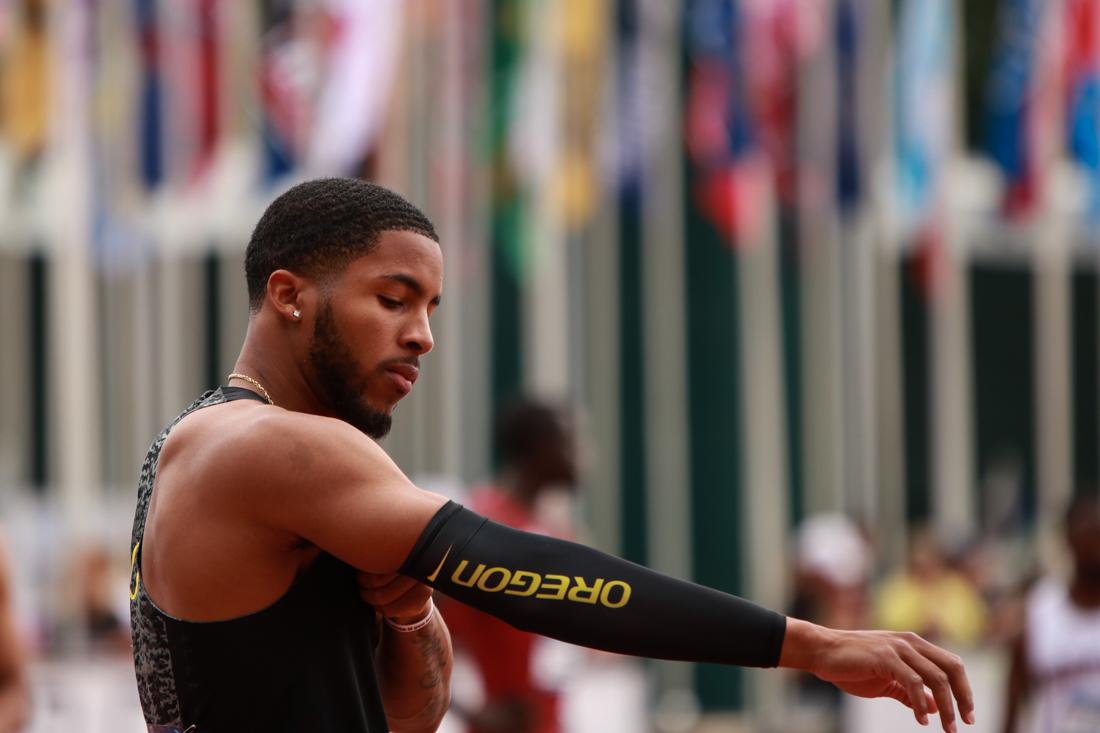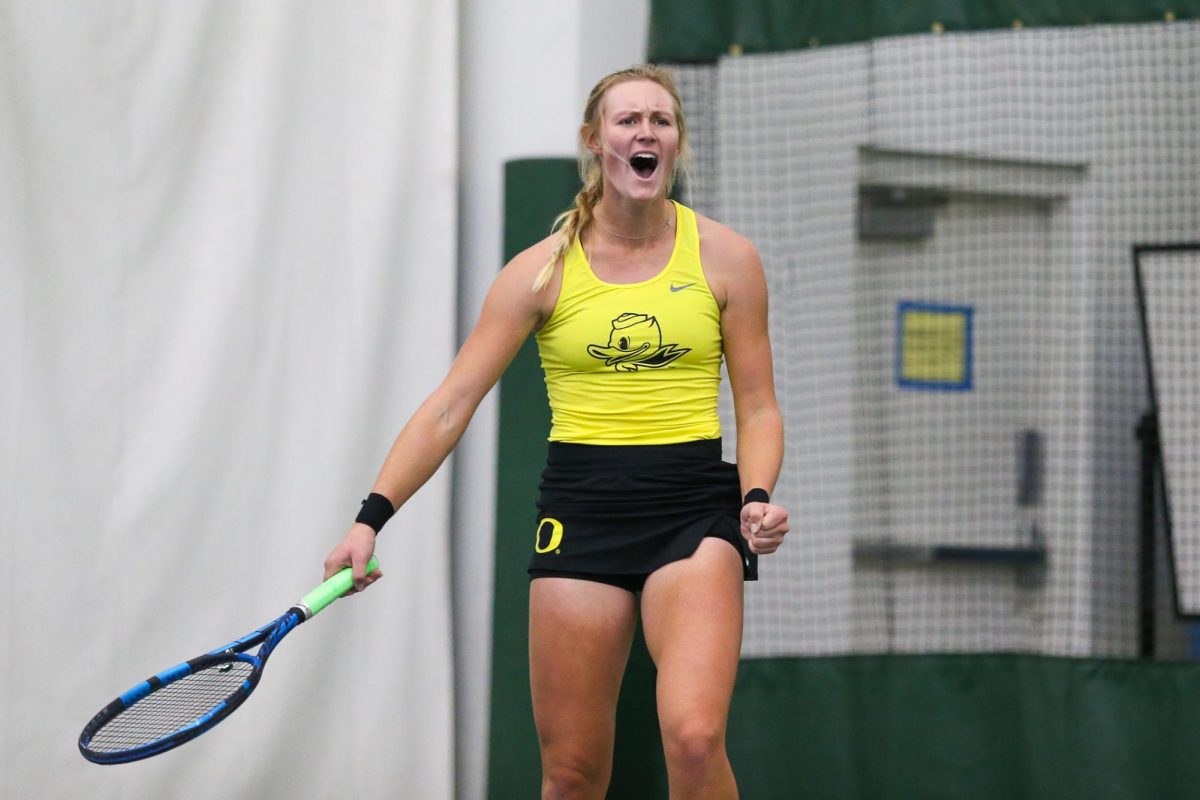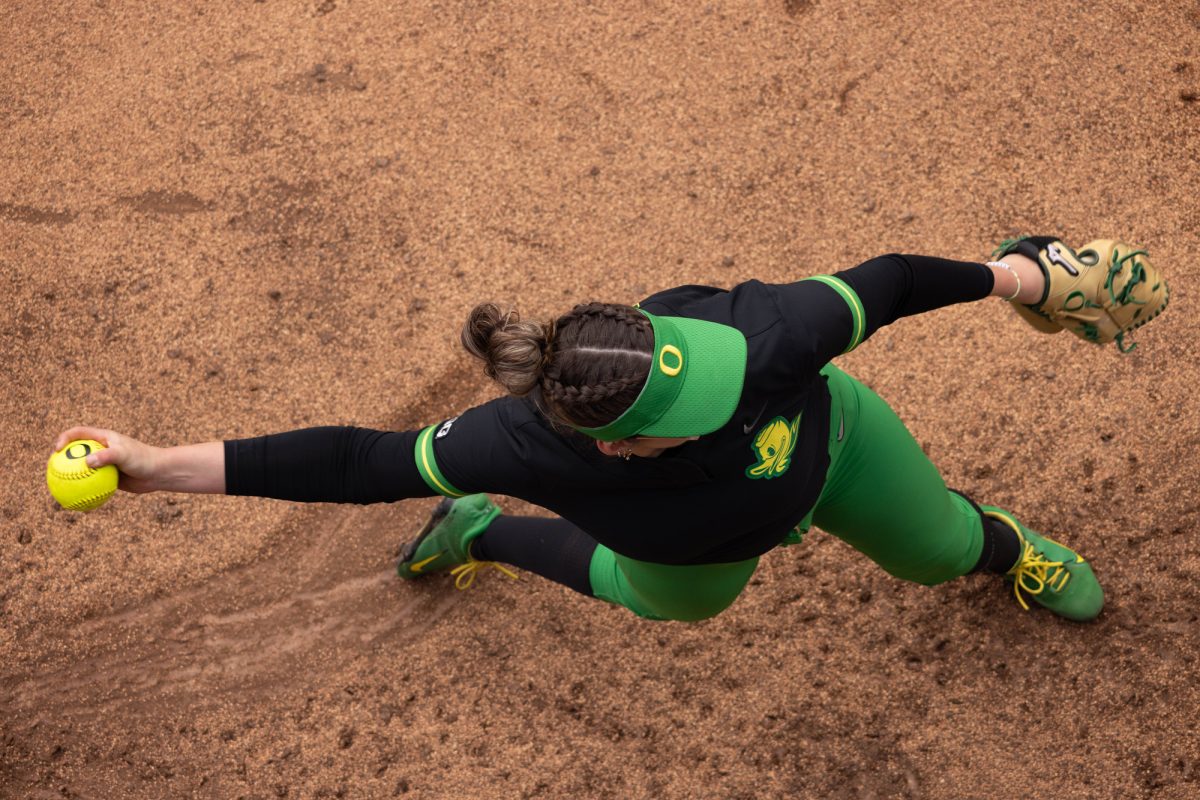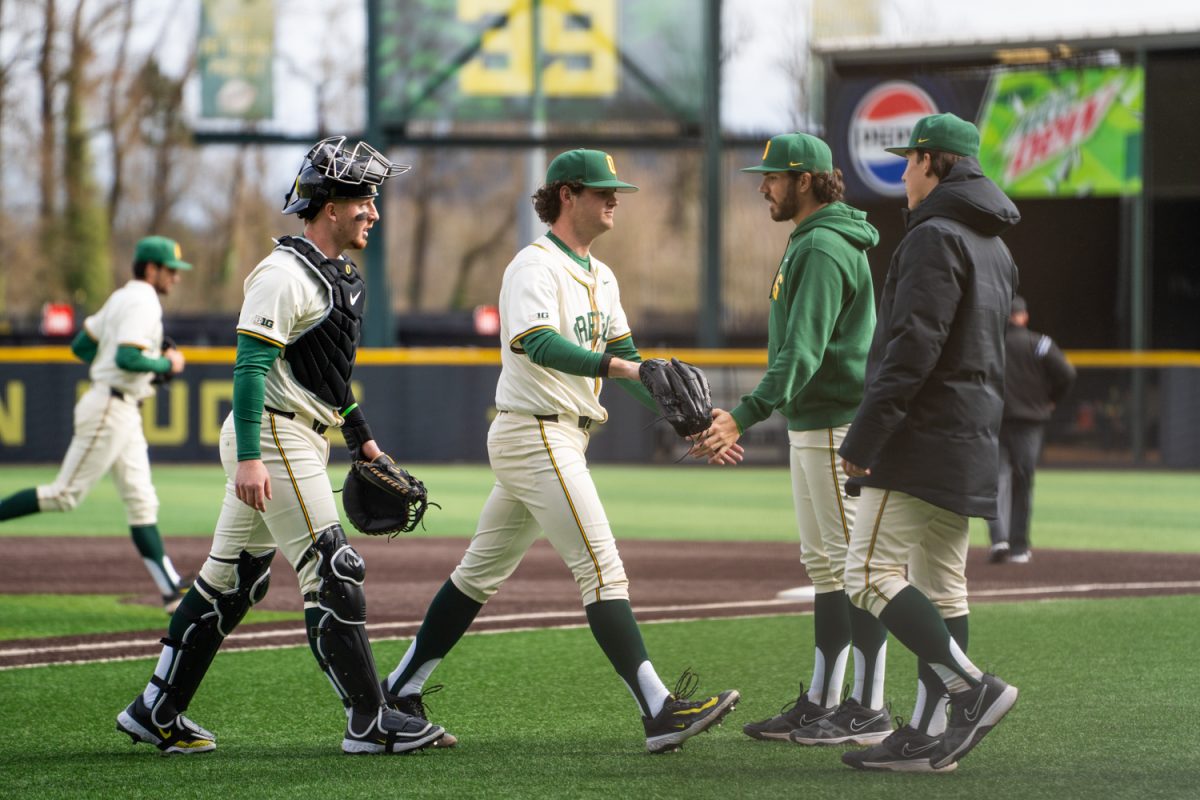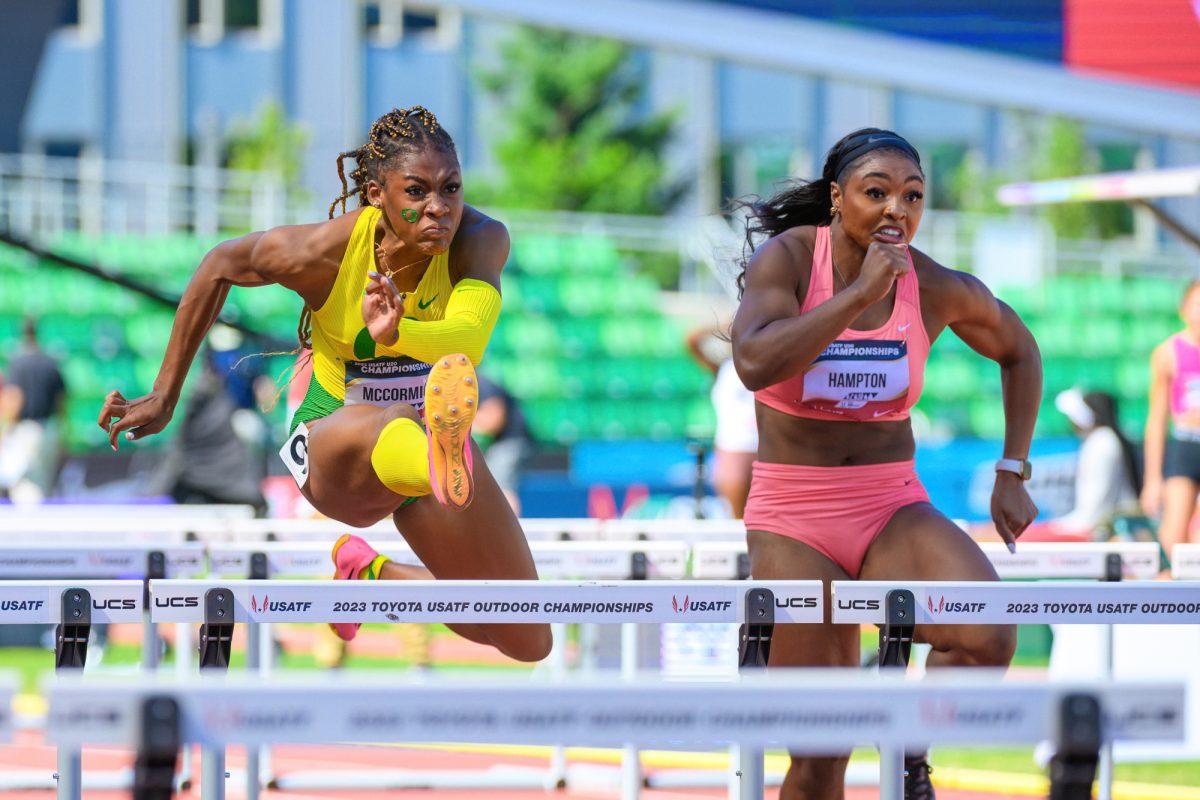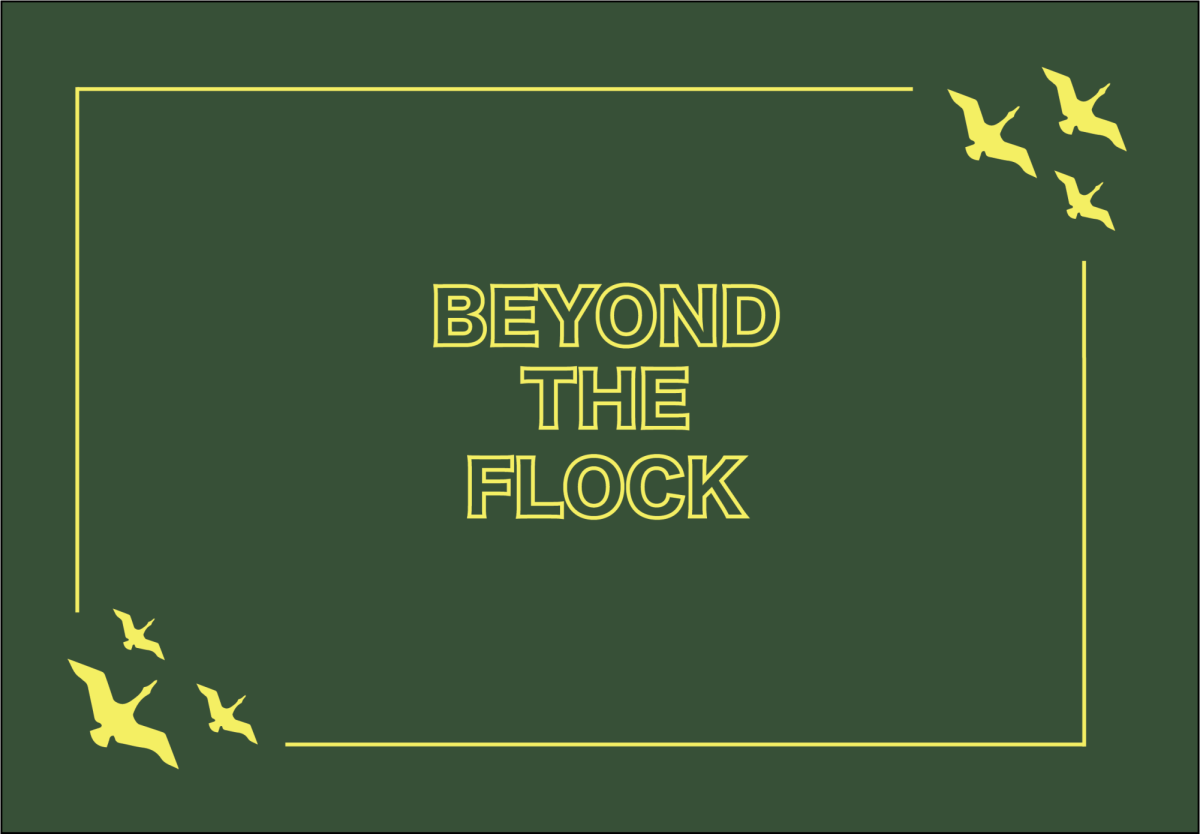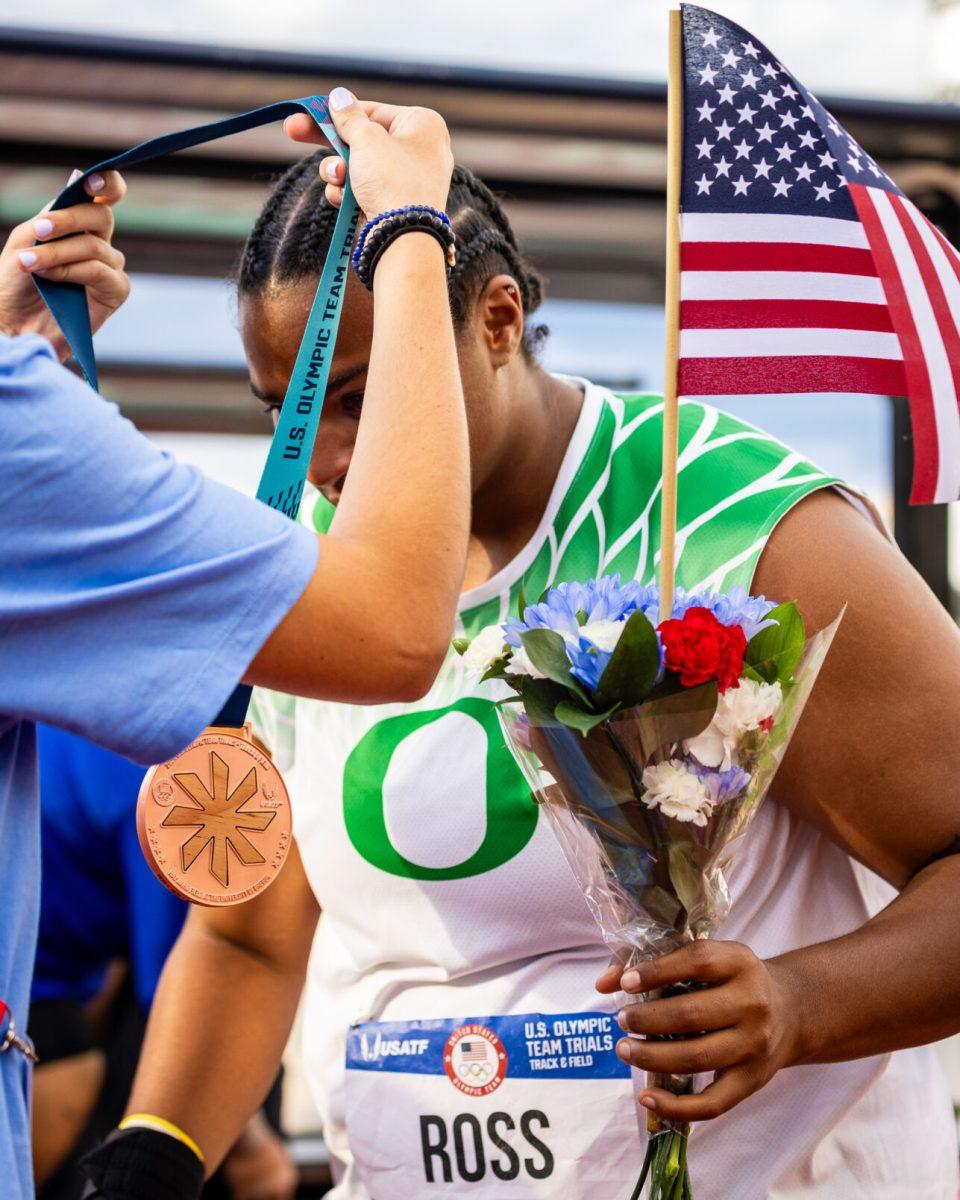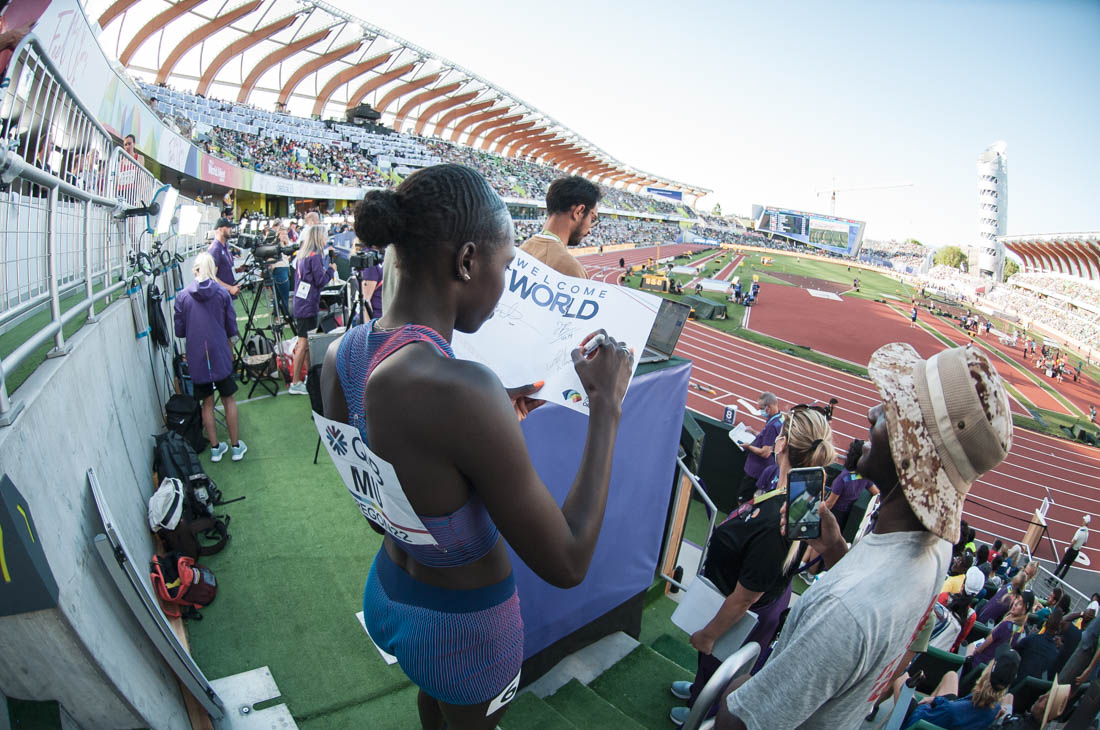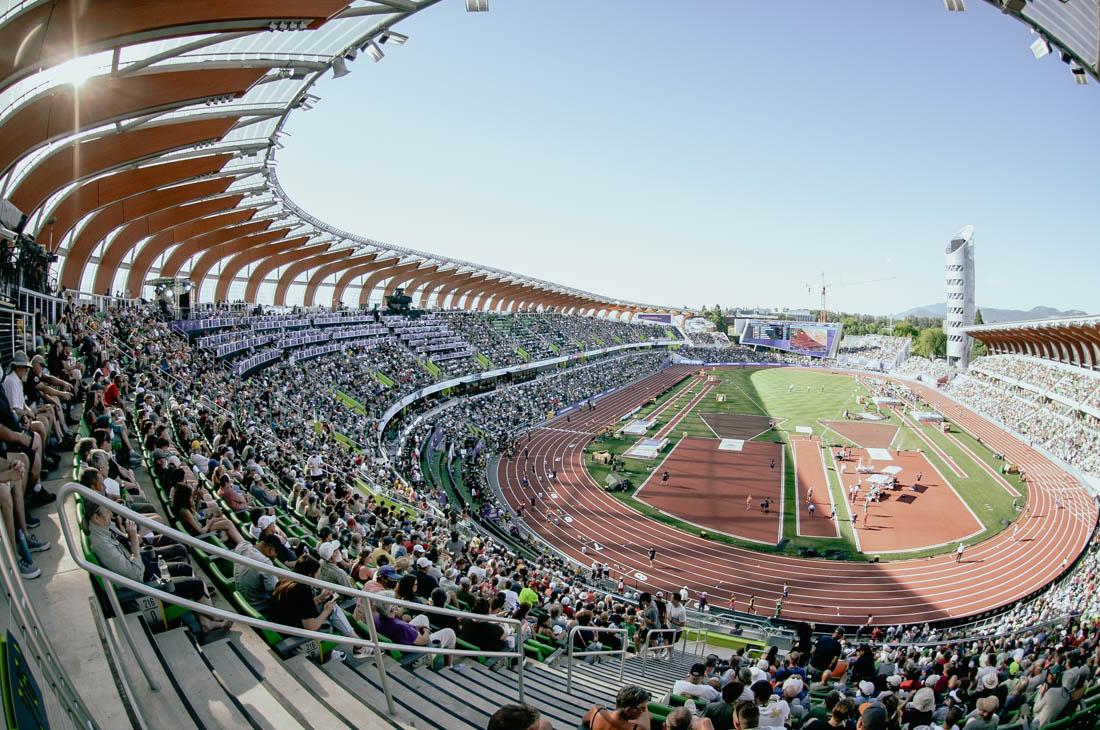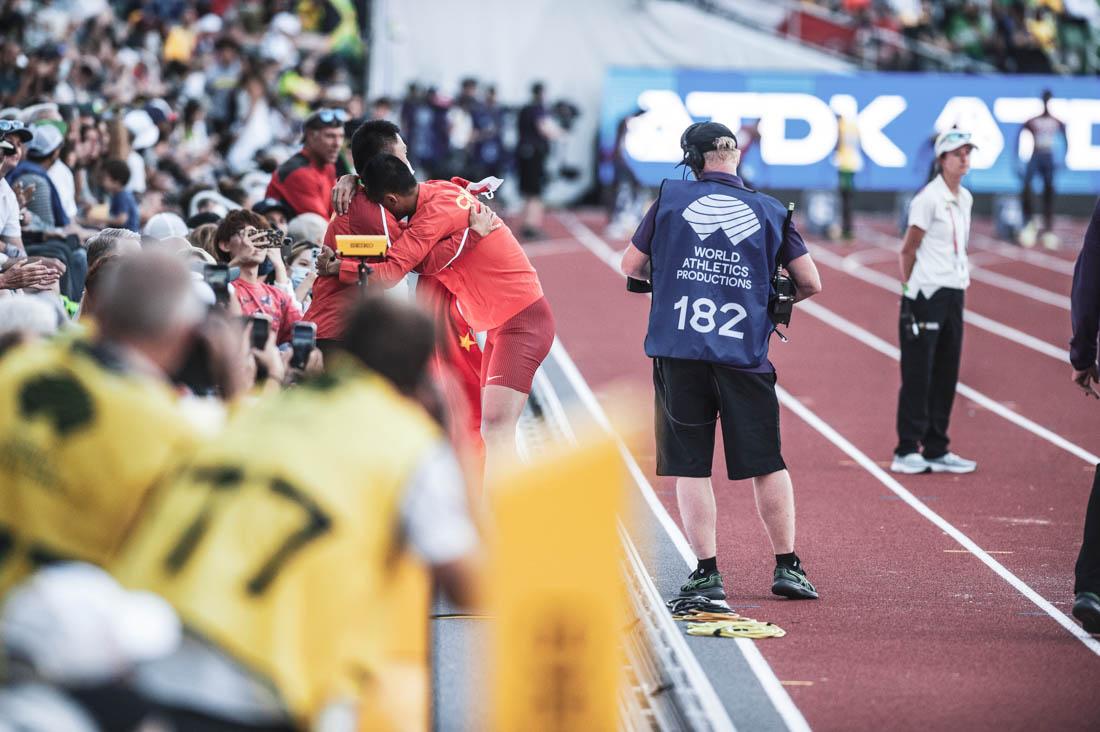As Jeff Oliver flew back to Eugene, Oregon after the London 2012 Summer Olympics, he realized he was sharing a flight with a world champion — American high jumper Jesse Williams.
After the flight landed, Oliver saw Williams walk through baggage claim and out of the airport without receiving any attention.
That didn’t surprise Oliver. He’s been the Press Chief at the Prefontaine Classic for the last 20 years and he’s traveled around the world working at track and field meets.
It wasn’t the first time he’d seen a track and field star go unnoticed at an American airport.
“If you’re in another country and you’re a medalist, you’d get mobbed at the airport,” Oliver said. “There would be TV cameras everywhere. Word would get out.”
In July, Hayward Field will play home to the World Athletics Championships Oregon22 — the first World Championships on American soil. It will also serve as a platform to help accelerate track and field’s footprint in the United States.
Hayward Field, the venue for the World Championships, had to expand its stands to hold a capacity of 17,000 fans. The 2022 USATF outdoor national championships had over one million viewers on NBC on June 26 alone, according to Rich Perelman, who covers track and field for The Sports Examiner.
While track and field is a sport growing in popularity, the process remains a slow one. It’s one that has hindered former University of Oregon sprinters, Kyree King and Alaysha Johnson, throughout their careers.
King has expressed his disappointment about expensive streaming services — RunnerSpace +Plus charges over $100 dollars a year for its services — which make it tough for his family to watch his races in foreign countries.
Due to the costly services, athletes can struggle to build a following.
Athletes also experience a financial strain when paying their entry fee to meets that have minimal amounts of prize money, such as the Wanda Diamond League meets, which offer only $25,000 for each discipline.
Signing sponsorship agreements can help boost athletes’ earnings and popularity, but others, like Johnson, who compete unattached, must rely on their own self-promotion skills.
King won three individual Pac-12 titles and has experienced success at the professional level. He beat Olympic champion Justin Gatlin in Miramar in 2021 and posted a personal best of 20.02 seconds in the 200-meter at the New York Grand Prix in June.
Yet, some of King’s success has flown under the radar due to these streaming expenses. As have many of his peers’ achievements.
While the World Championships is one of the highest-grossing meets of the season, most professional track and field athletes don’t have the chance to make their mark there.
“It’s not just Olympics and Worlds, the ball keeps rolling after that,” King said. “Not making it doesn’t really stop anything. That is only like a block of maybe a week or two weeks out of our season… we still have a month and a half of meets after that.”
A selection of those meets are part of the Wanda Diamond League circuit such as the Prefontaine Classic in Eugene, Oregon in May; the Golden Gala in Rome in June; and the Herculis EBS in Monaco in August, along with other meets across the world.
For the athletes, these meets are imperative to their season.
“They help because you can put your big race together,” King said. “You don’t want to be putting your race together at the big meets. For example, at USAs, you want to be able to put together a big race. You want to have already gotten the kinks out or figure out what you can do and what you need to train for.”
Wanda Diamond League meets have produced world records. Burundian distance runner Francine Niyonsaba set the world record in the women’s 2,000-meter in Zagreb, Croatia, in September 2021. Ugandan distance runner Joshua Cheptegei set the world record in the men’s 5,000-meter in Monaco, in August 2020.
Athletes have to find other ways to bring attention to themselves and their races. Signing sponsorship deals can act as a starting point. King signed a deal with Nike after graduating from UO in 2017 and it helped kickstart his professional career.
He’s also built an individual brand.
“I like to have a lot of flair,” King said. “I like to dye my hair and wear glasses. If people see me on the track I want them to know I’m having fun.”
It’s something that fans can attach themselves to.
At the USATF national outdoor championships in June, King sported a red flash in the right side of his hair in tribute to Brazilian UFC Fighter Deiveson Figueiredo. Before his 100-meter final, he crowned himself with his hands as his name was called by the public announcer.
“It gives me confidence,” King said. “I feel like I’m sticking out, so I feel like I have to perform. I like to feel like all eyes are on me, but I like to show my personality off as well.”
King ran a personal-best 9.96 to finish sixth in the men’s 100-meter final. Micah Williams, who finished fourth, announced his season was over following the U.S. Championships. King will take his spot on the national team 4×100-relay pool at the World Championships.
Along with his achievements, King’s gained popularity throughout his career because of his sponsorship deal. However, many track and field athletes at the professional level compete unattached to sponsors, therefore, building fame falls heavily on their shoulders.
It’s a responsibility that has burdened Alaysha Johnson.
Johnson won the silver medal in the 60-meter hurdles at the indoor World Championships in March. She made the U.S. national team for the outdoor World Championships in 2017 and 2018.
At the U.S. Championships in June, she placed second in the 100-meter hurdles with a personal-best time of 12.35 securing a spot on the national team for the World Championships.
Still, she has yet to receive a sponsorship deal.
“I have a huge chip on my shoulder,” Johnson said. “I’m racing to prove myself to everybody and the one thing that I want to leave on the track is people to remember me for my resilience because there’s been a lot of times where I could have gave up and it would have been easier to do that and I didn’t.”
Track and field athletes push the limits of the sport and make it entertaining. So how can their careers gain more appreciation?
Jeff Oliver has witnessed this puzzling dichotomy throughout his career.
He said he believes this problem can be helped by shoe companies and government subsidiaries investing in more U.S. meets. Nike’s Prefontaine Classic is the only Diamond League meet in the U.S.
He offered media and local journalism, in particular, as a way to help expand athletes’ brands to a larger fanbase. An emphasis on this has mostly been forgotten as local newspapers have lost the budget to travel to cover their hometown athletes.
“If there was an initiative behind that, like ‘hey, every American athlete that runs at the Worlds, we want a story in their hometown newspaper about what they did.’ I think that would go a long way.” Oliver said.
To push forward this solution, Oliver’s helped to install the virtual mixed zone, which helps get interviews out to anyone who can’t afford to cover the meet in person.
At the U.S. Championships, 286 VMZ interviews were conducted. Many Diamond League venues across the world have contacted Oliver looking to adopt this innovation.
For the next six days, World Champions will walk amongst Eugene’s locals. It may be tough to get a seat in Hayward Field to watch the action, but their faces will soon become familiar around Eugene.
While some athletes may go unrecognized, Oliver hopes that these steps are the beginning of a future where World Champions like Jesse Williams are appreciated as they walk through American airports.
Kyree King looks towards the crowd after the men's 100m dash. The Prefontaine Classic was held at Hayward Field on Friday, May 27 and Saturday, May 28. (Will Geschke/Emerald)



